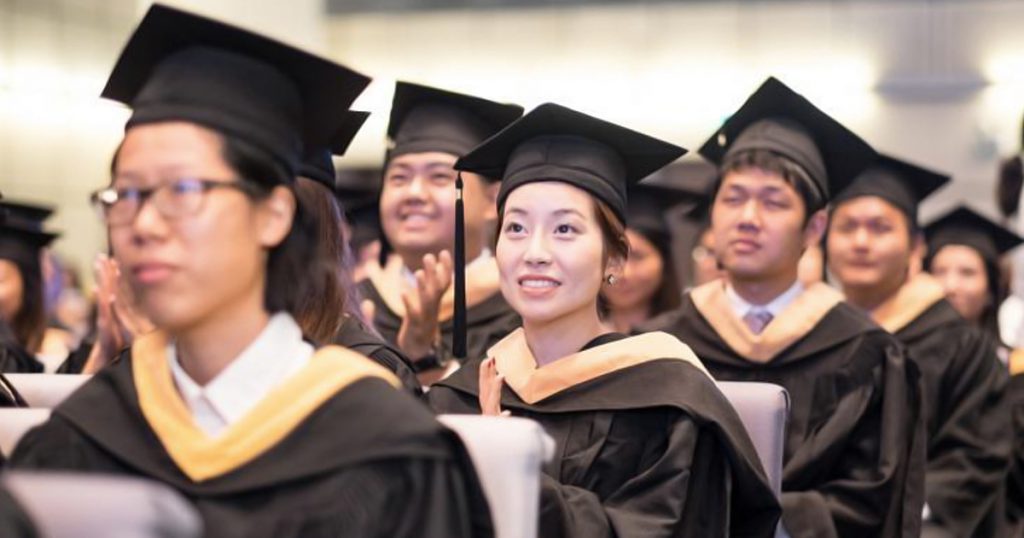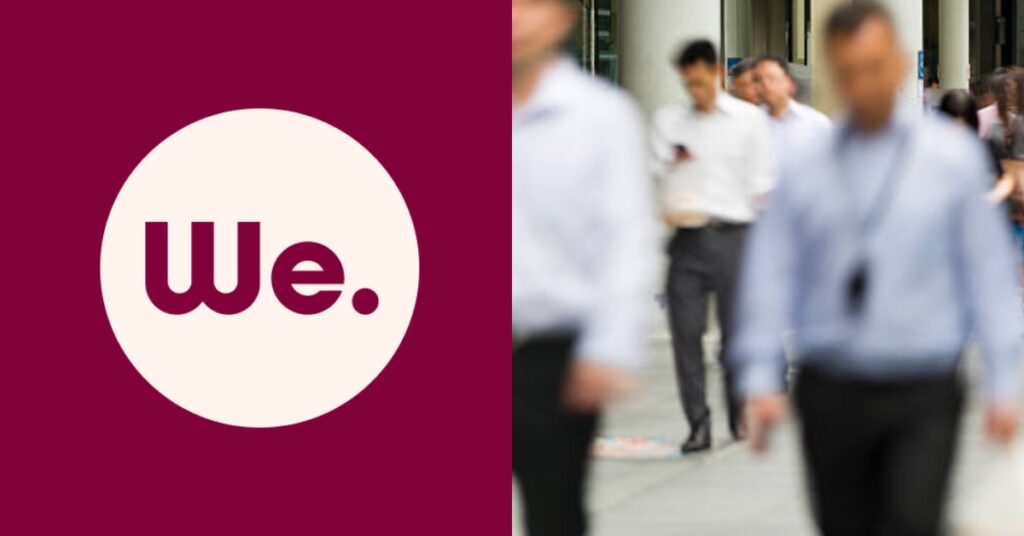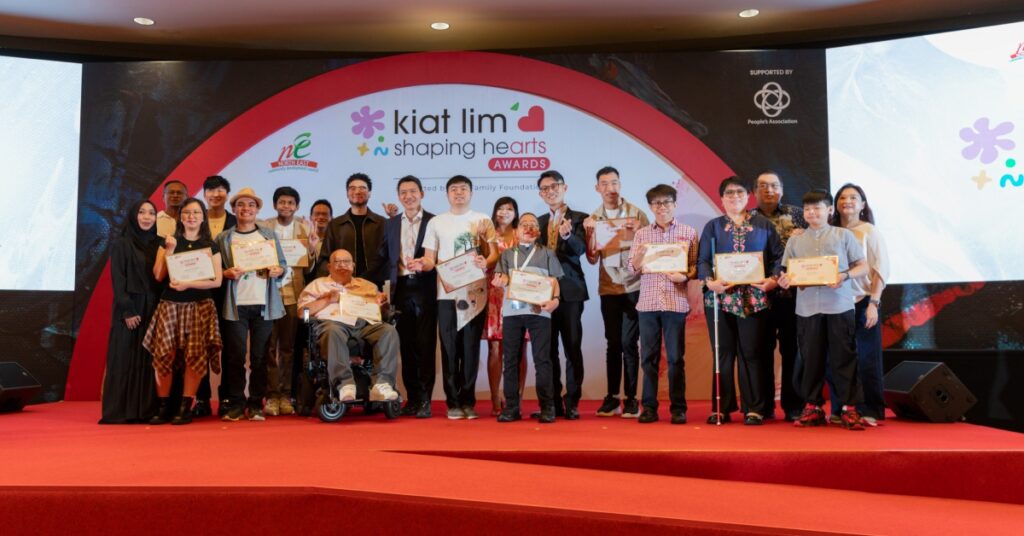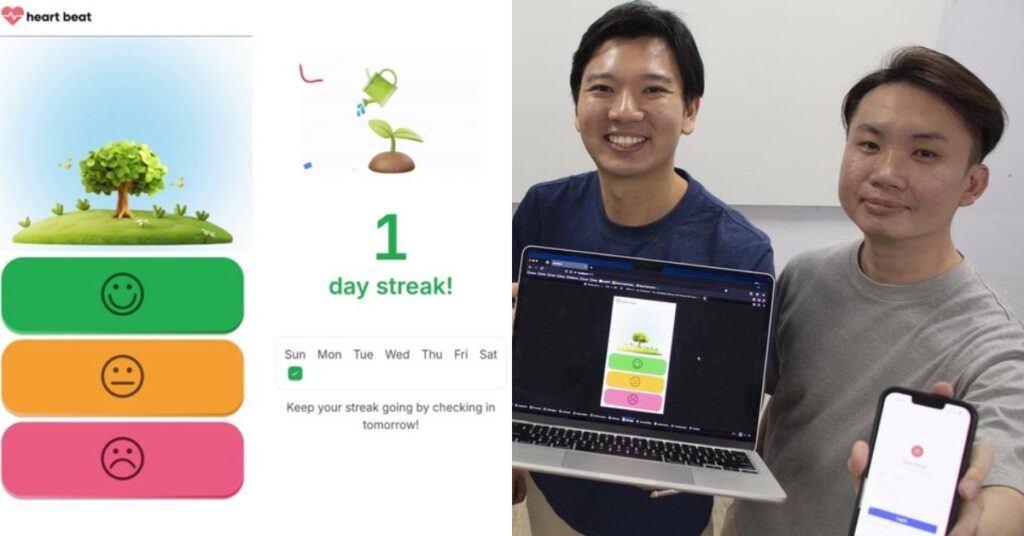Prime Minister Lee Hsien Loong delivered his National Day Rally speech yesterday (August 18), discussing Singapore’s current challenges and the moves the Government will be undertaking to revive the city.
Here’s what you need to know about the changes that will affect students in tertiary levels of education.
Tertiary education in Singapore is going to be more affordable, with a number of changes to school fees and financial aid announced.
In his National Day Rally speech, PM Lee said students should not be deterred from pursuing their education because of money.
To help students better afford undergraduate studies, Singapore’s two newest universities Singapore Institute of Technology (SIT) and Singapore University of Social Sciences (SUSS) will have lower tuition fees from next year.
SIT and SUSS’ annual tuition fees for full-time general degree courses currently cost $8,000, and will be lowered to $7,500.
PM Lee said the Ministry of Education (MOE) looked into whether universities can operate “more economically”, and decided this could apply to SIT and SUSS, which place their focus on industry attachments and internships.
He added that the two universities have seen their student intakes grow, showing that they’re now more able to tap on economies of scale to provide lower tuition fees.
Increased Bursary Amounts To Help Students Through Uni, Poly, ITE
Students from lower income families will also get more help to finance their diploma and degree programmes with “significantly” increased government bursaries.
Eligible students currently receive bursaries of up to 50% of university fees for general degree courses. This will now be raised to up to 75%.
With full fees at about $8,000 per year, the current bursary lets students pay only $4,000 per year, while the updated bursary will mean they only need to pay $2,000 per year.
For polytechnic diploma programmes, bursaries have been covering lower income students for up to 80% of school fees so far, and this will now go up to 95%.
Polytechnic diploma fees cost $3,000 per year, and eligible students now pay $600 per year with the current bursary.
“After we enhance the bursary, [students] will pay only $150 a year,” said PM Lee.
Beyond just polytechnics, this also applies to students in government-funded diploma and degree courses at ITE, NAFA and LASALLE.
PM Lee also highlighted medicine as a particular field of study that will receive “significantly more generous” help.
“It is very expensive to train a medical student,” he said, but it should not stop good students from studying medicine, especially to train doctors from “diverse educational and family backgrounds”.
Today, even after government subsidies, medical school fees are almost $29,000 per year at National University of Singapore, and $35,000 per year at Nanyang Technological University.
After increased government bursaries, on top of bursaries from the universities, “lower income students will now pay at most $5,000 per year” to study medicine, said PM Lee.
All adjustments to tuition fees and bursary amounts will apply to both existing and new students, starting from the next academic year.
- Read about the changes to Singapore’s retirement age and CPF contributions for older workers.
- Read about the Government’s S$100 billion investment to tackle climate change.
- Read about the early childhood education subsidies for low-income families.
- Read more about how Singapore’s economy is affected by US-China tensions.
Featured Image Credit: Singapore Management University











